Which vehicles have won the Wards Auto 2025 10 Best Engines & Propulsion Systems?
 MichaelOct 03, 2025, 12:00 AM
MichaelOct 03, 2025, 12:00 AM
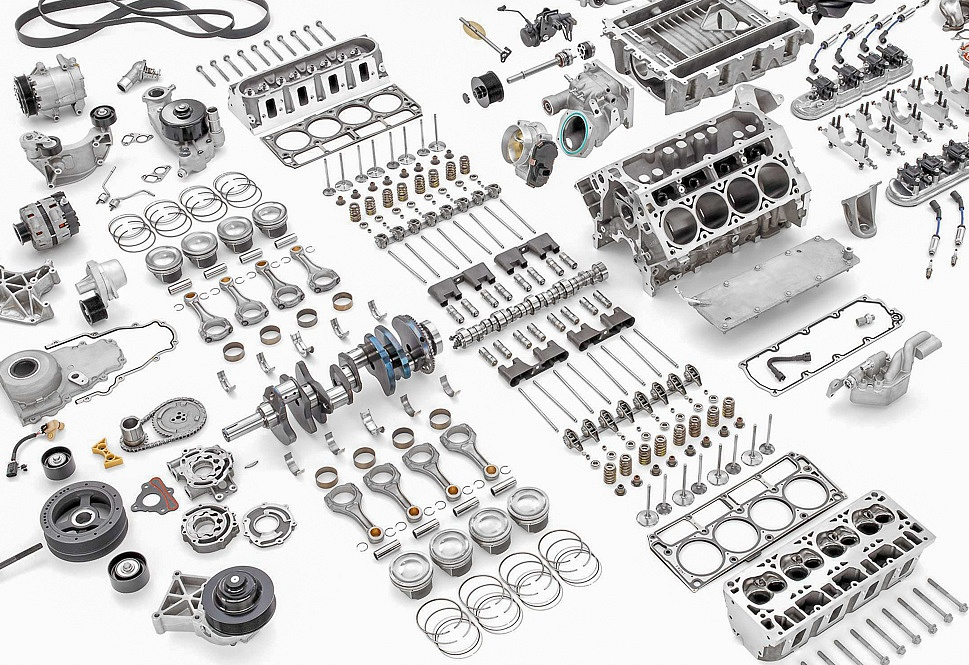
{PCauto}Wards Auto has announced the 2025 Wards 10 Best Engines & Propulsion Systems list. This authoritative evaluation in the field of automotive engineering highlights the electrification trend in the automotive industry. This time, only one pure internal combustion engine made the cut, while the other nine spots were taken by hybrid or fully electric systems.
This marks the first time in the 31-year history of the award that "90% of the winning powertrains are electrified," signifying a rapid transition from the era dominated by traditional fuel vehicles to new powertrain technologies.
2025 BMW M5 (Plug-in Hybrid): Perfect Balance of High Performance and Daily Usability
The BMW M5 plug-in hybrid powertrain is a benchmark of performance and efficiency. It integrates a 4.4-liter twin-turbocharged V8 engine with a high-power electric motor, delivering a combined output of 717 horsepower and 1000 N·m of torque, with a pure electric range of 47 kilometers (WLTP).
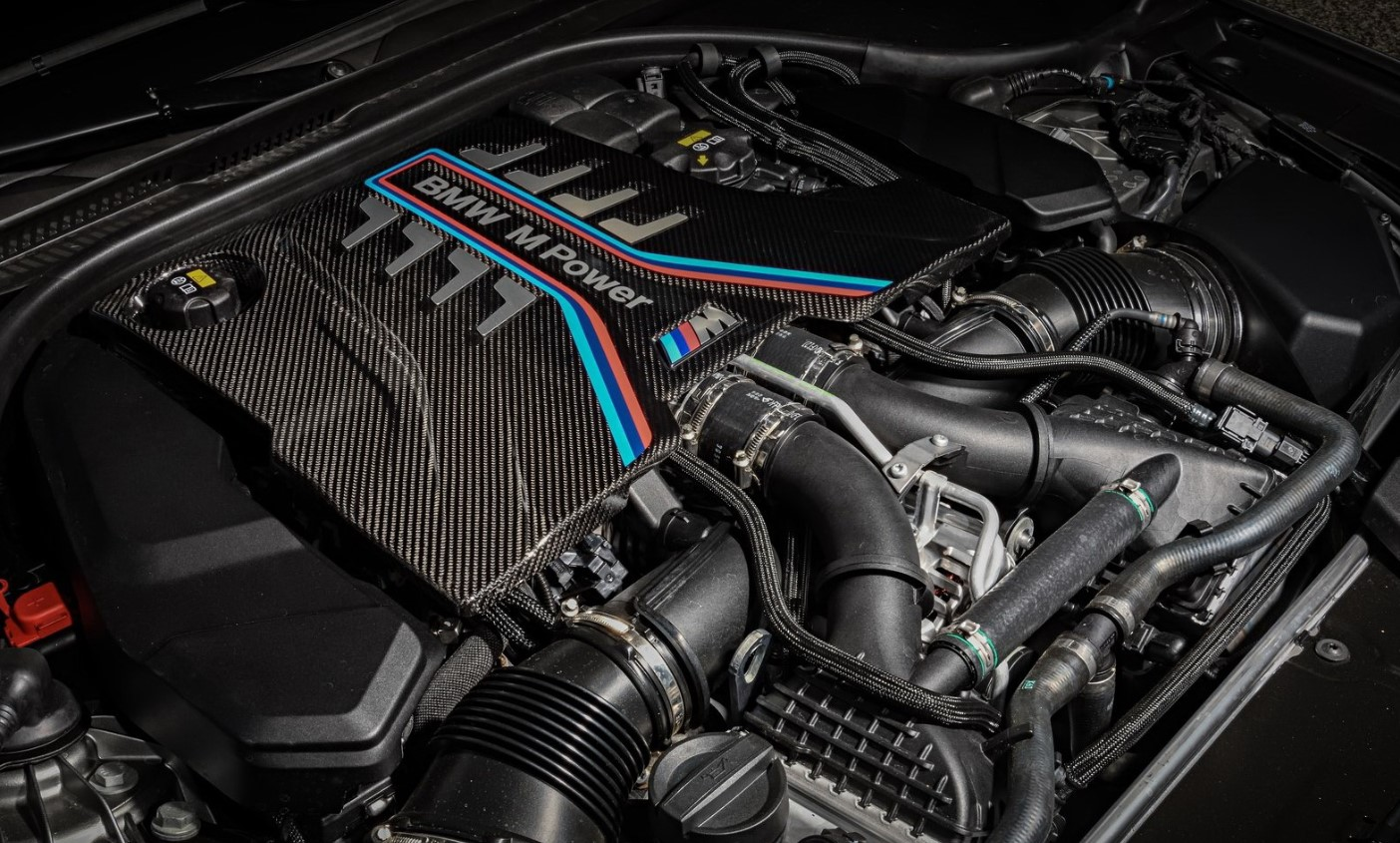
Engineers have embedded the motor between the engine and the transmission (P2 architecture), enabling an extremely smooth power transition.
In electric mode, the vehicle is as quiet and smooth as a pure electric car, making it suitable for daily commuting; when the accelerator is deeply pressed, the roar of the V8 combined with the instant torque of the electric motor delivers a 0-100 km/h acceleration in just 3.5 seconds, retaining the sporty DNA of the M series.
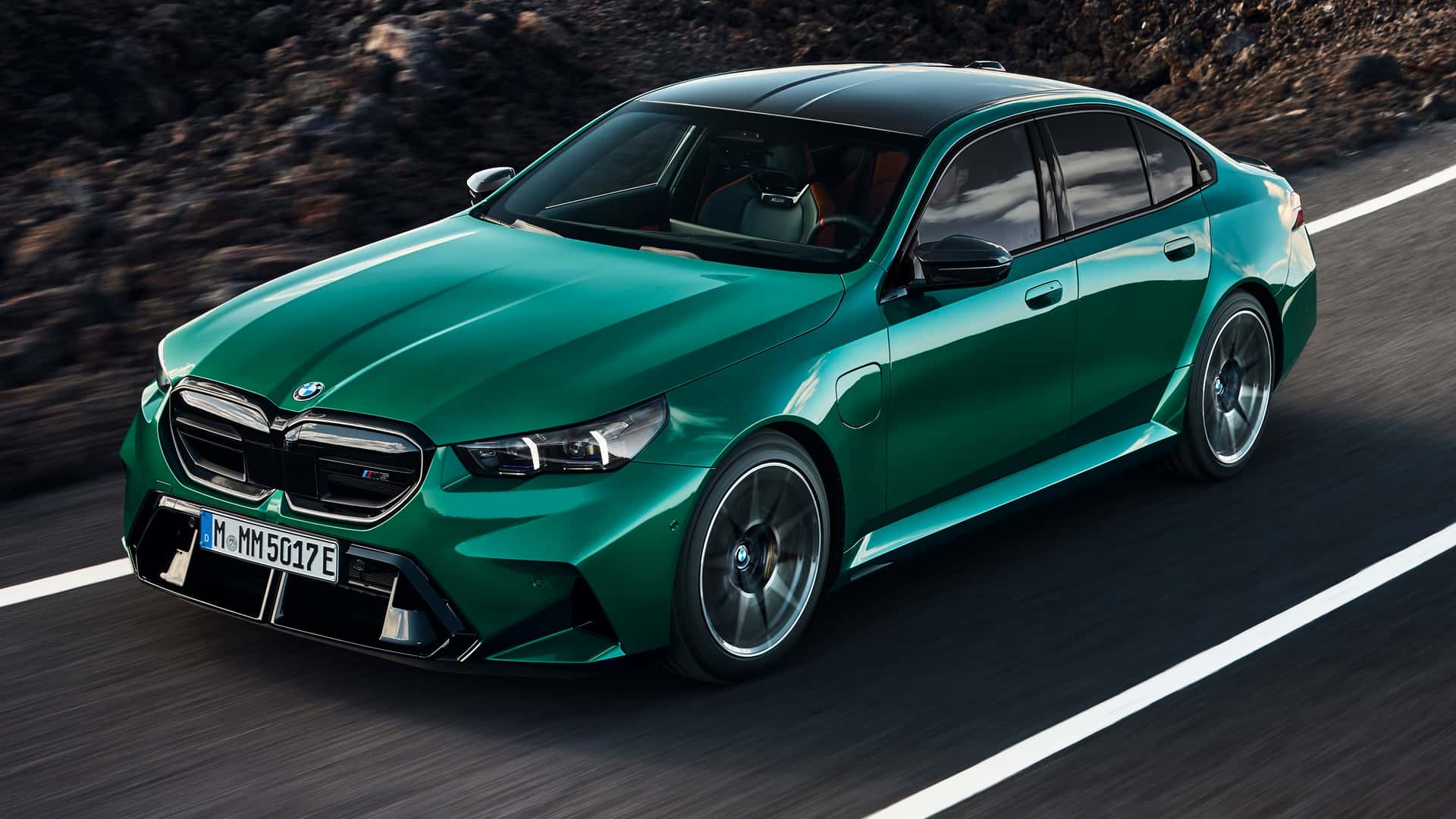
More importantly, this power system brings the fuel consumption of high-performance cars back to an "acceptable range," with a city driving condition fuel consumption of less than 10L/100km. The core reason for BMW M5's inclusion lies in its redefinition of "high-performance hybrid": not sacrificing daily usability for performance, but allowing both to coexist.
2025 Chevrolet Corvette ZR1 (Pure Gasoline): The Swan Song of Fuel-Powered Performance Cars
As the only pure gasoline-powered model in the top ten, the Corvette ZR1’s 5.5-liter flat-plane crank naturally aspirated V8 engine (code-named LT7) is the last spiritual totem for internal combustion engine enthusiasts.
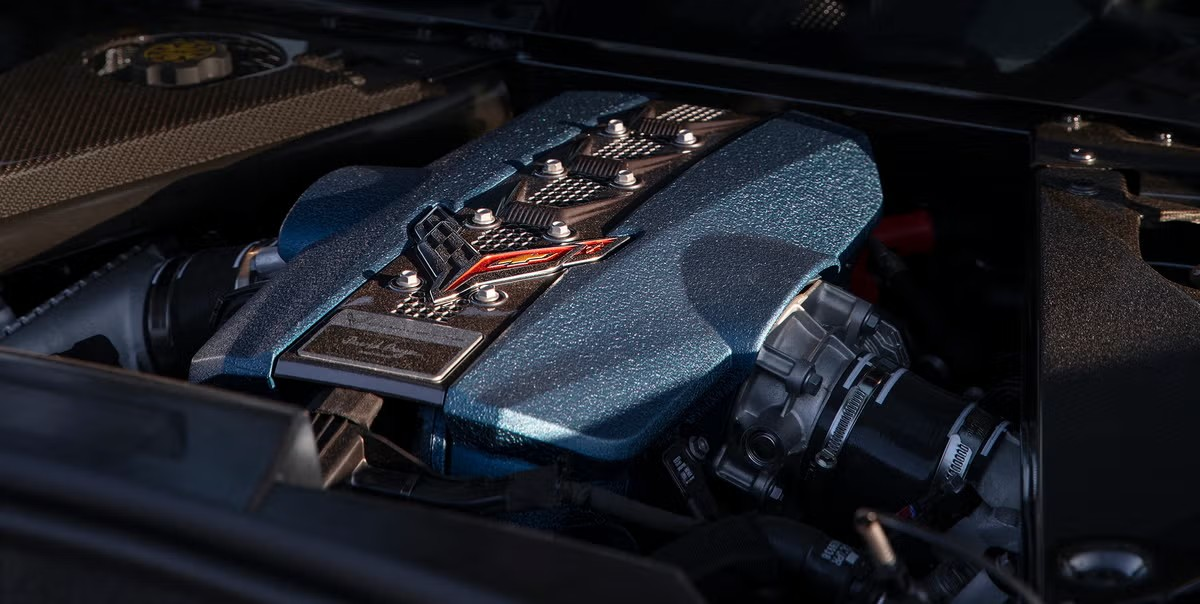
This engine uses an aluminum block for lightweight construction, ultimately delivering over 1064 horsepower and 1,121 N·m of torque, with a redline of 8400 rpm.
Its sound is as high-pitched as a race car, its power delivery is silky smooth, and its 0-100 km/h acceleration in 2.3 seconds and top speed of 375 km/h prove that naturally aspirated V8s are still formidable.
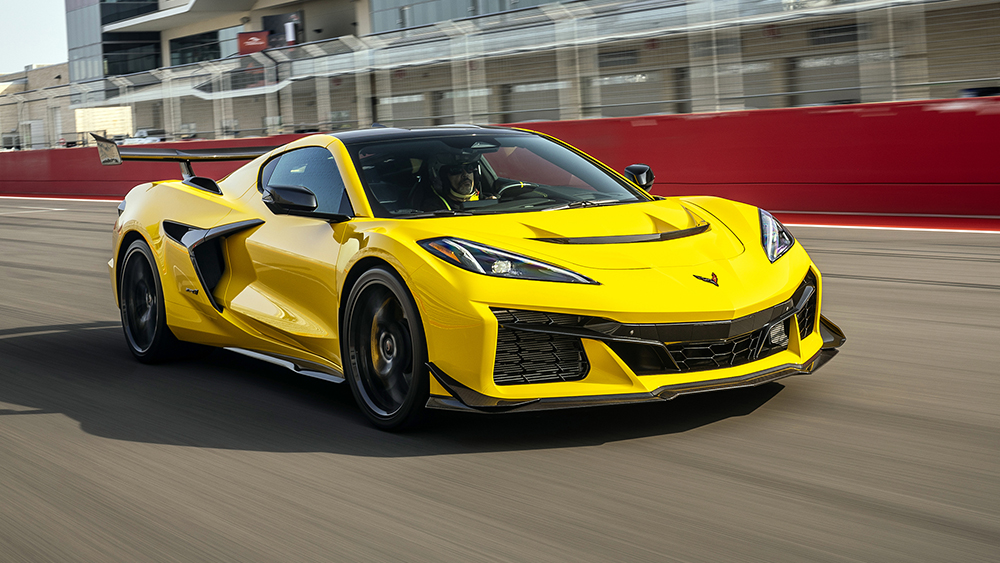
What's even rarer is that the ZR1 retains a rear-wheel-drive layout and a lightweight body, allowing drivers to experience the unique "man-machine communication" of fuel-powered cars.
The Wards Auto judges selected it not out of nostalgia, but as a tribute to the pure driving pleasure that fuel-powered performance cars can bring—something that electrification cannot replicate for now.
2025 Dodge Charger Daytona Scat Pack (BEV): The Rebirth of the Muscle Car
The Dodge Charger Daytona Scat Pack is equipped with a dual-motor all-wheel-drive system, delivering up to 670 horsepower and 850 Nm of torque, with an EPA range of 388 kilometers.
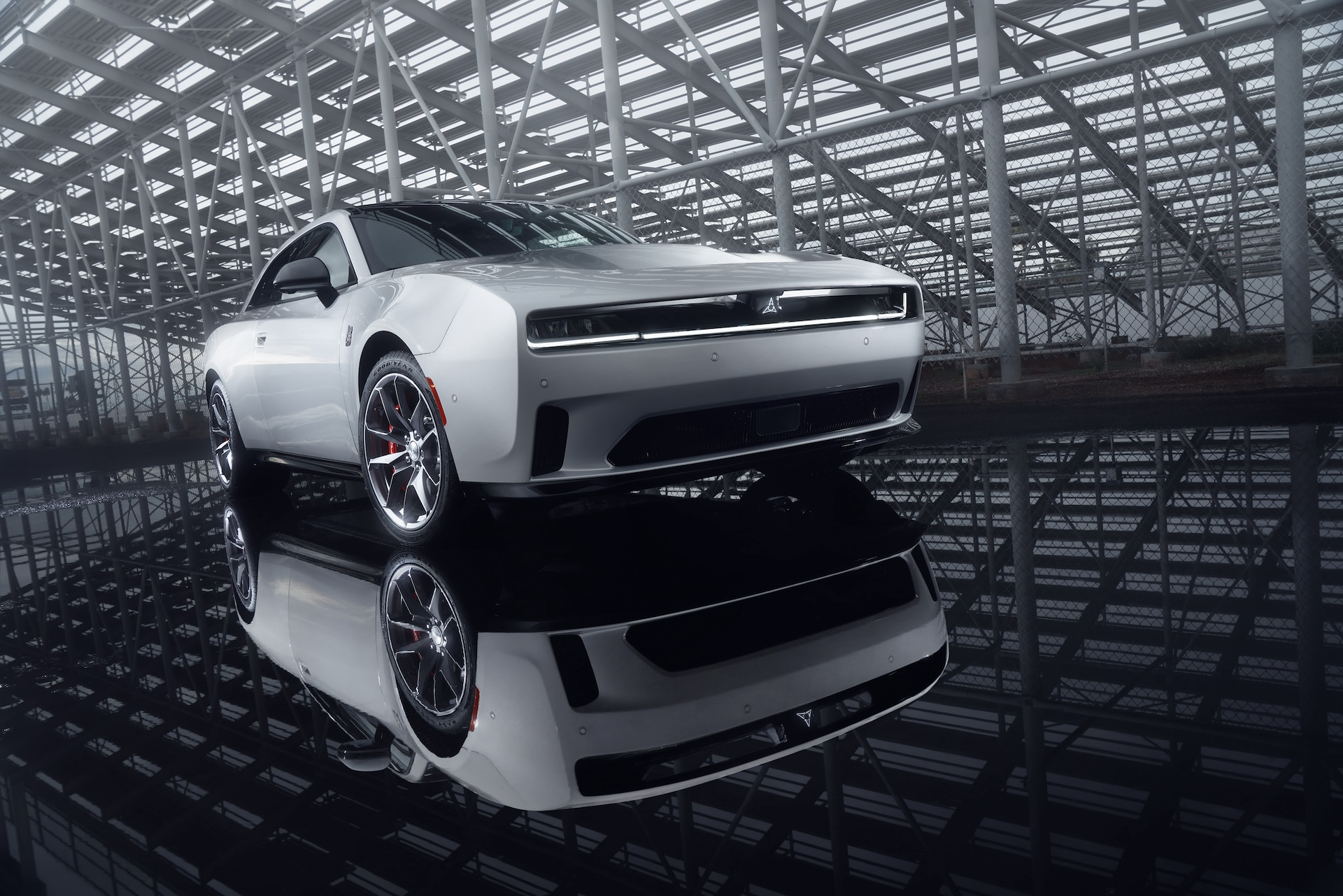
The motors are mounted on the front and rear axles, supporting torque vectoring. When stepping on the accelerator, the instant torque surges like being pressed into the seat, achieving 0-100 km/h acceleration in just 3.0 seconds. Such acceleration capability maintains the violent aesthetics of muscle car acceleration.
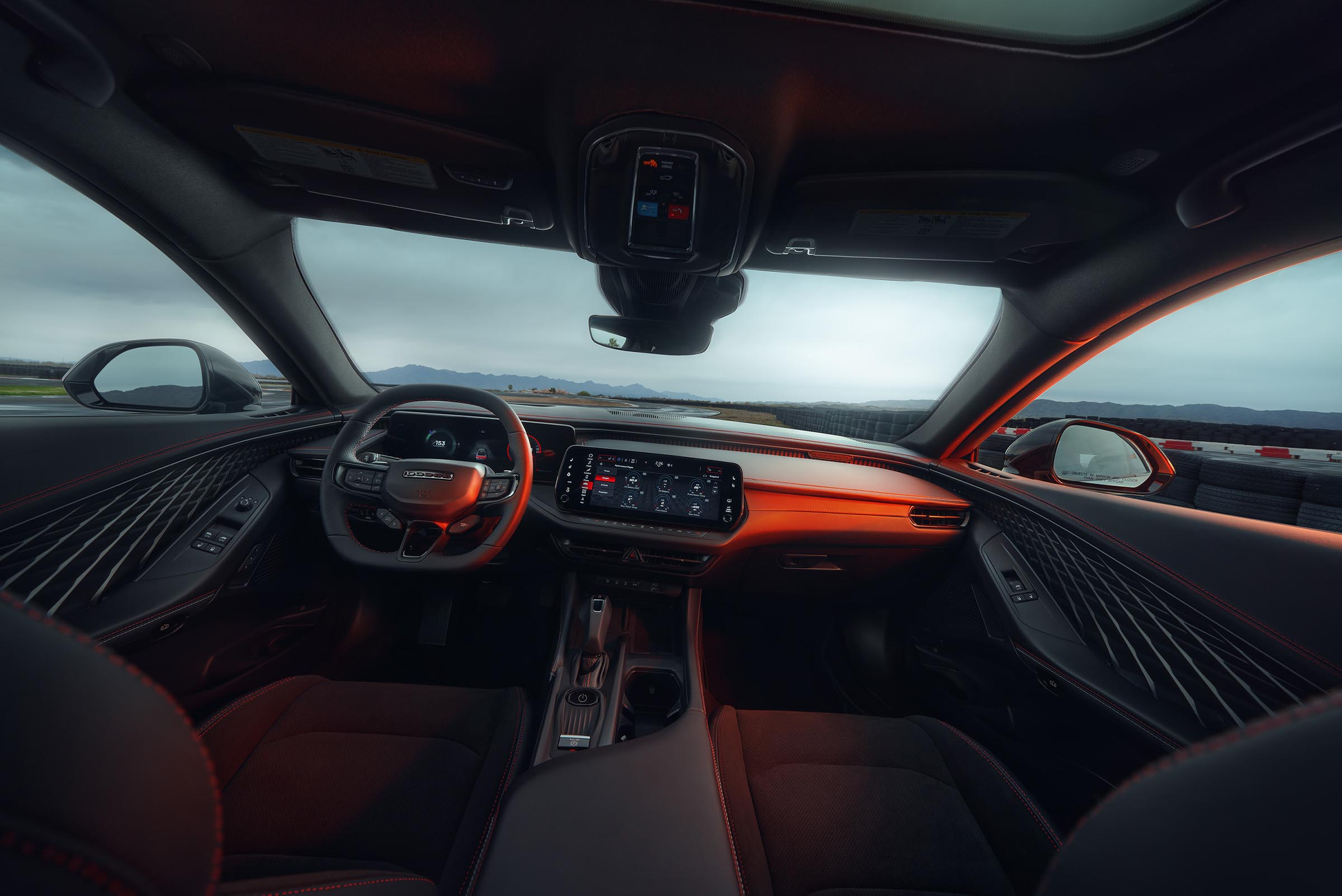
Even better, it retains the Daytona's long hood, wide fenders, and two-door coupe design, making it a muscle car that still stands out on the streets, but its power source has been changed to a zero-emission electric motor.

2025 Ford F-150 PowerBoost (HEV): The Efficiency Revolution of Pickup Trucks
The Ford F-150 PowerBoost’s power system addresses the core dilemma of pickup truck users: "It needs to carry a load and be fuel-efficient."
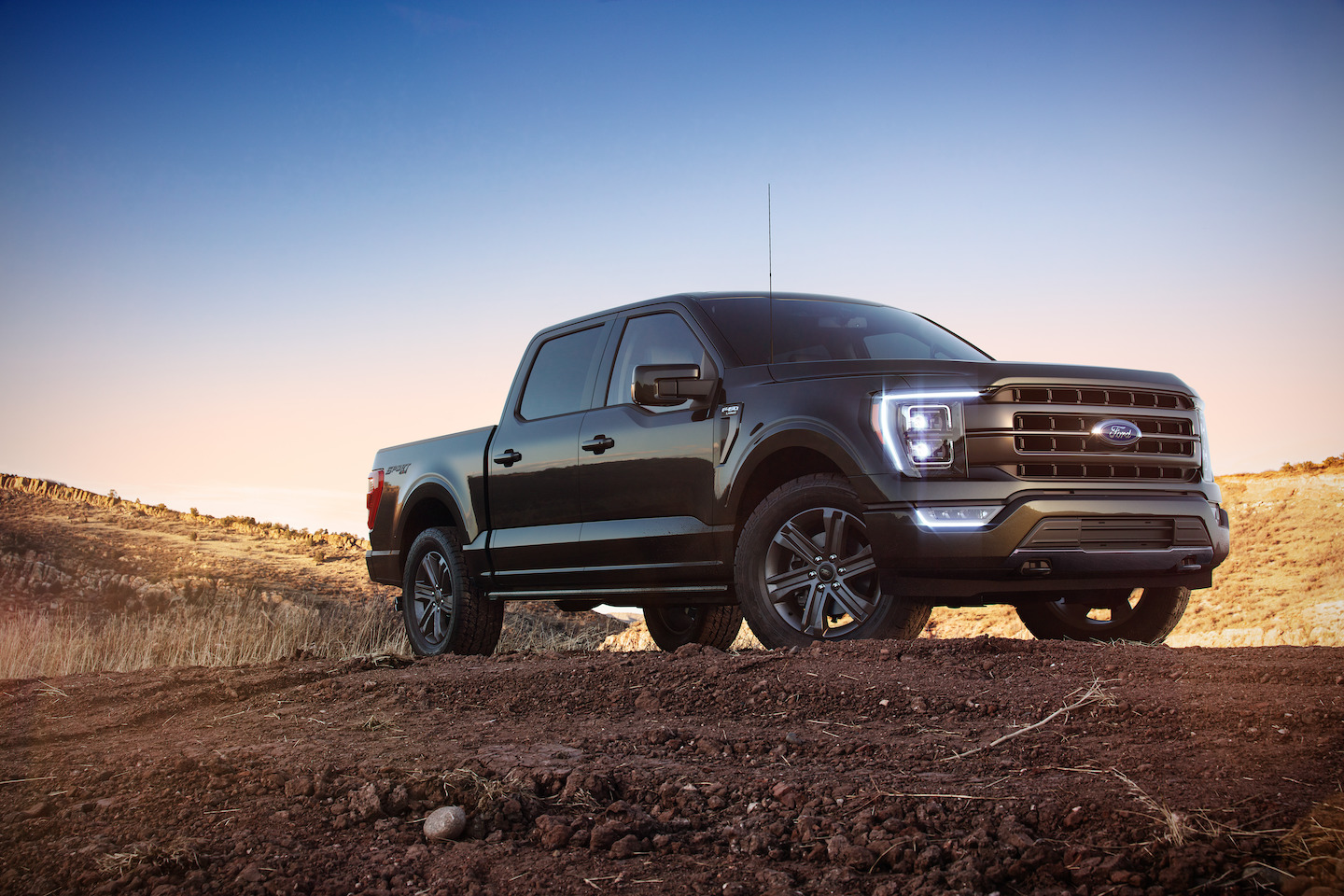
It combines a 3.5L twin-turbocharged V6 engine with an electric motor, delivering a total output of 430 horsepower and 773 N·m of torque. The combined fuel consumption is 10.7 liters per 100 kilometers (EPA), which is 20% lower than the purely gasoline-powered F-150.
In addition to its strong performance and fuel efficiency, the Ford F-150 PowerBoost retains the full utility of a pickup truck. The battery pack is placed under the cargo bed, without occupying any cargo space, and the maximum towing capacity still exceeds 4 tons.
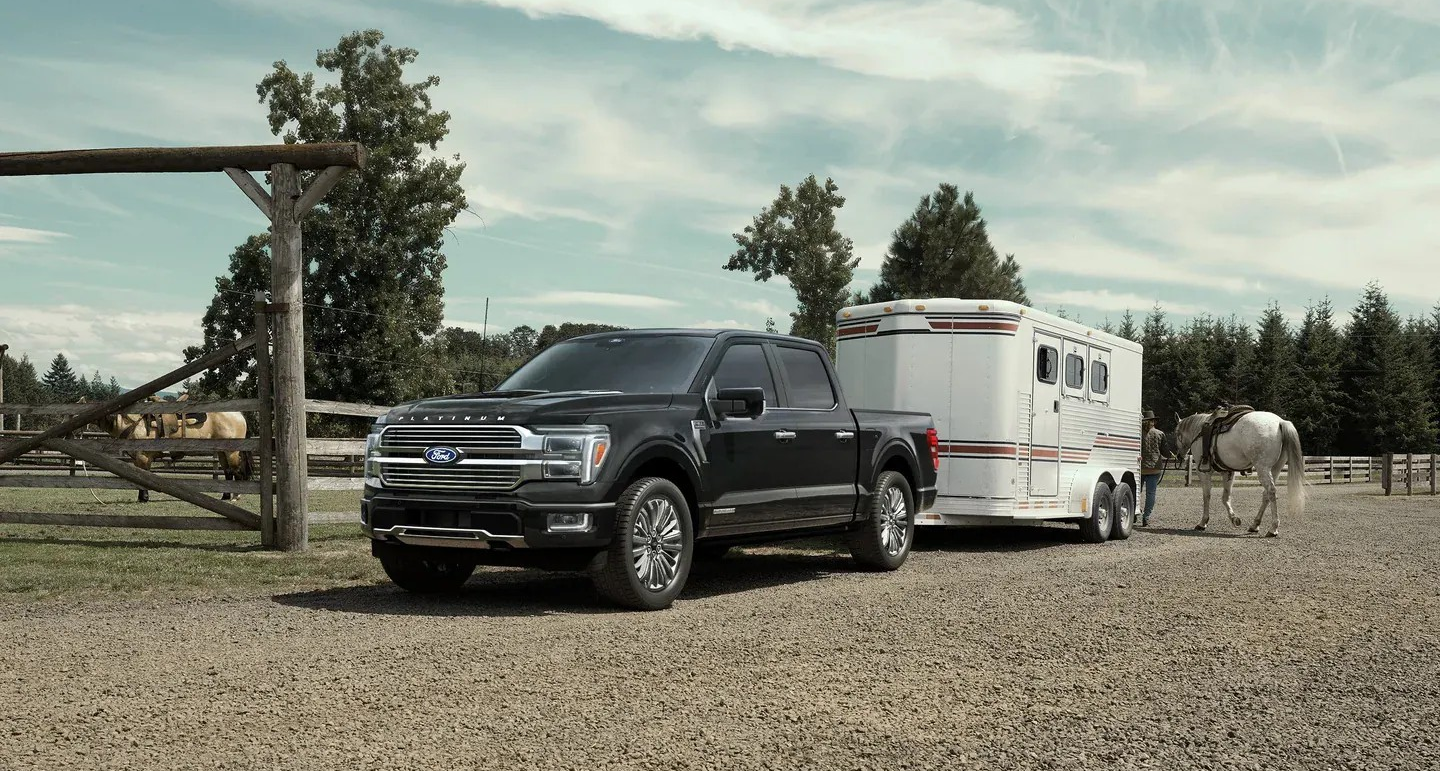
As a hybrid powertrain making the list for the second consecutive year, its reliability has been proven in the market. The durability of the battery pack and noise control of the electric motor meet the expectations of pickup truck users. It not only handles cargo and generates income but also provides the low-cost benefits of hybrid technology, which is why it deserves a spot on the list.
2025 Honda Civic e:HEV: A Benchmark for Compact Hybrid Cost-efficiency
The Honda Civic e:HEV's 2.0-liter naturally aspirated four-cylinder engine + electric motor system is simply the textbook example of small-displacement hybrid technology.

The engine uses the Atkinson cycle for fuel efficiency, while the electric motor handles low-speed starts and energy recovery. At low speeds, the electric motor takes the lead, offering EV-like silence; at higher speeds, the engine engages for linear power delivery. The combined fuel consumption is only 4.9 liters per 100 kilometers.
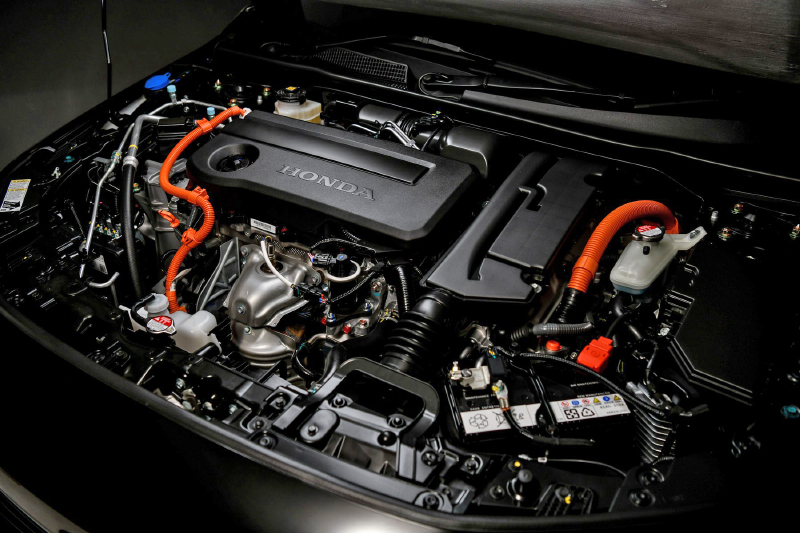
2026 Hyundai IONIQ 9 (BEV): A Comprehensive Solution for Large Electric SUVs
Hyundai IONIQ 9's dual-motor powertrain is a solution tailored for family users.
With a total output of up to 422 horsepower and maximum torque of 700 N·m, a range of 500-539 kilometers (EPA), and equipped with an 800V high-voltage platform, it solves the "slow charging" pain point of electric SUVs with an 18-minute charging time to 80% capacity.
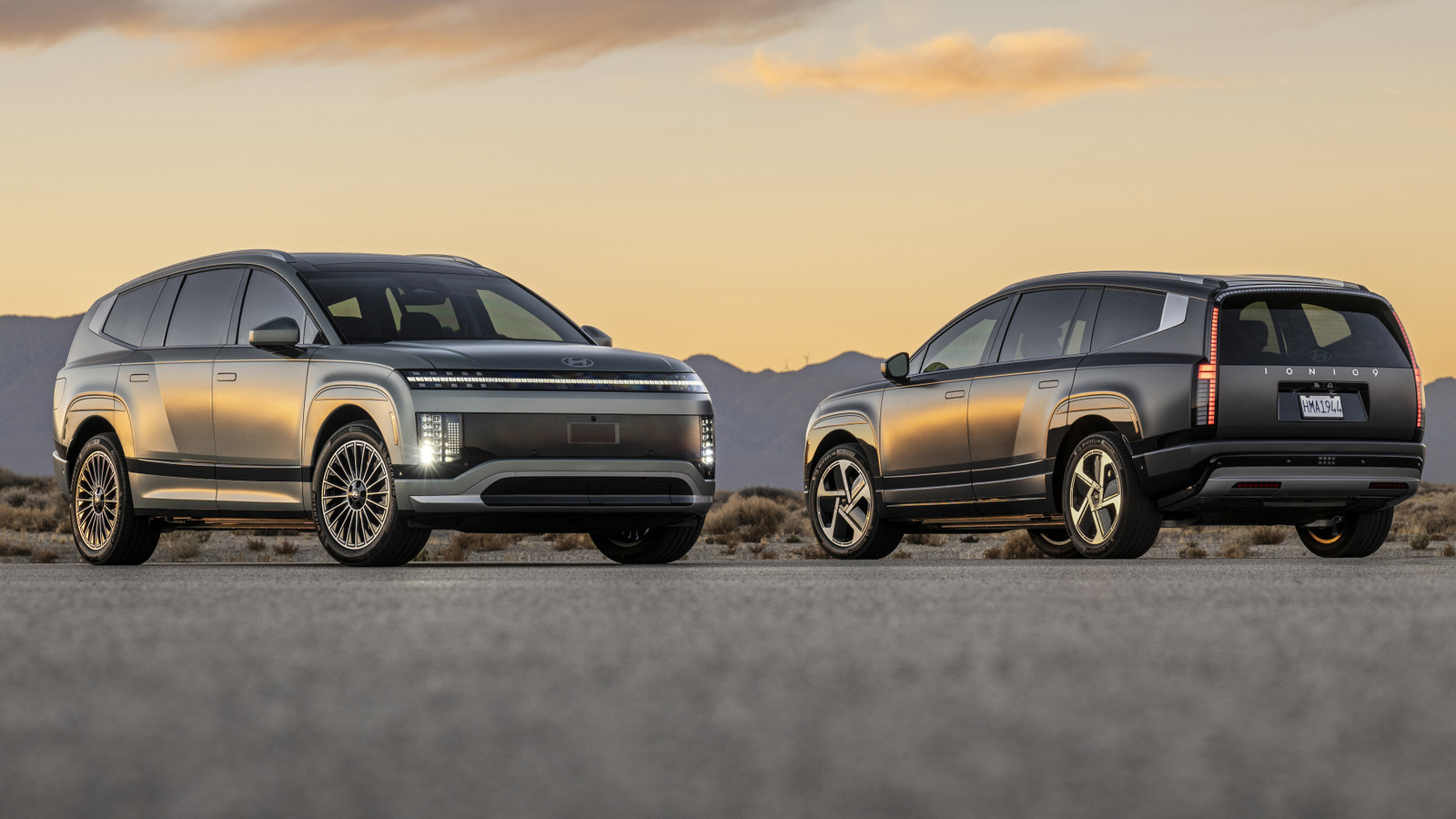
As a 7-seater large SUV, its space can accommodate a family of five. The auxiliary driving system (HDA 2.0) helps reduce fatigue during long-distance driving, and the smoothness of the electric motor ensures that rear-seat passengers won't feel any jerking.
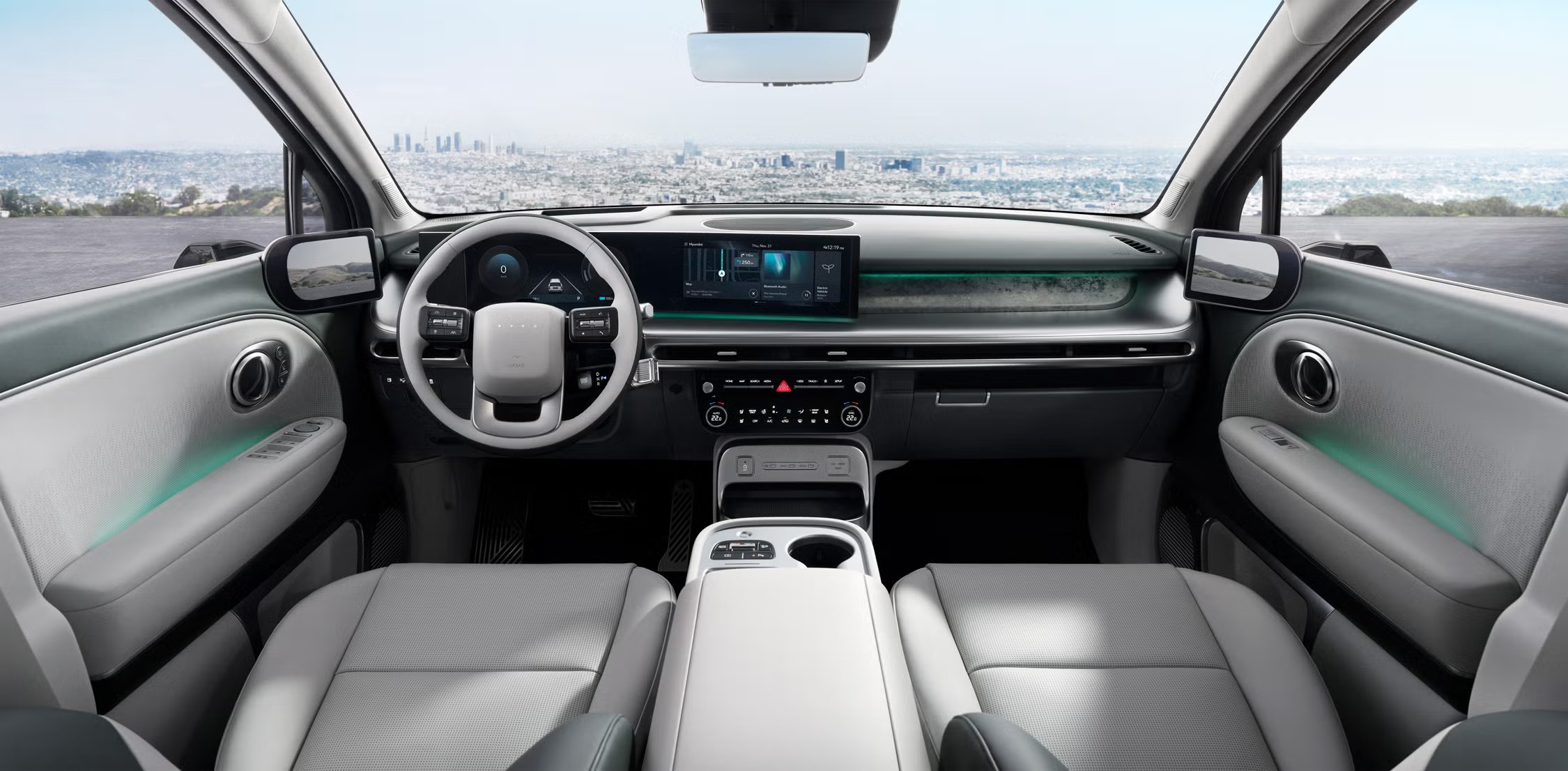
2025 Lexus LX 700h (HEV): A Balance of Luxury and Efficiency
The Lexus LX 700h's 3.4-liter twin-turbo V6 hybrid system (Toyota's i-Force Max technology) is "a balance of luxury and efficiency."
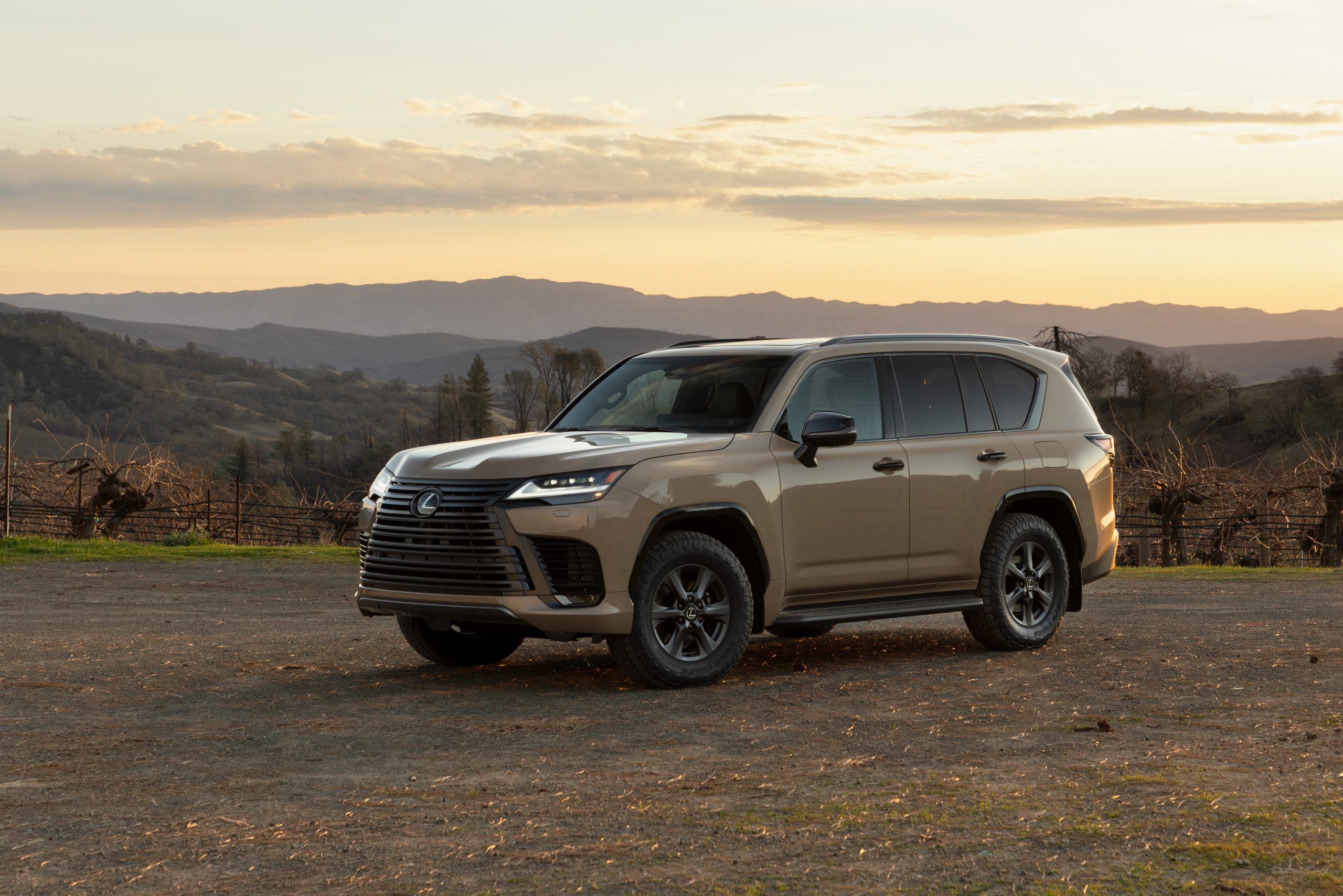
The engine delivers 309 horsepower, with the motor providing an additional 183 kilowatts, resulting in a combined output of 457 horsepower and a maximum torque of 790 N·m. With a combined fuel consumption of 11.7 liters per 100 kilometers (EPA rating), this fuel efficiency is excellent for a full-size luxury SUV.
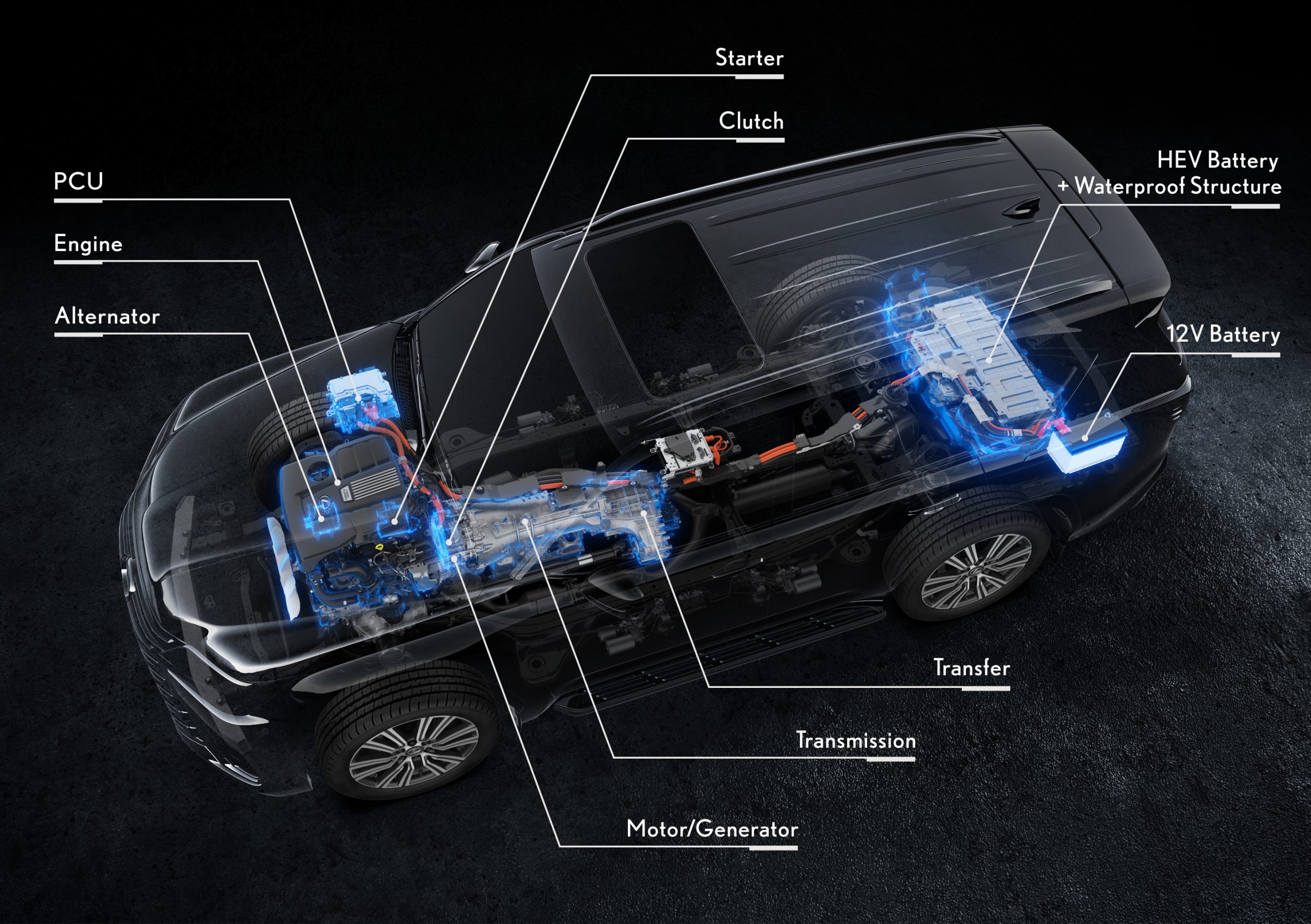
More importantly, the hybrid's advantage in quietness is perfectly showcased: the electric motor handles low-speed driving, the engine starts almost silently, and the chassis tuning retains Lexus's signature comfort DNA.
2026 Lucid Gravity (BEV): A Model of Long-Range Luxury Electric SUVs
The Lucid Gravity's dual-motor system is equipped with a 900V high-voltage platform, delivering a combined power of up to 828 horsepower and a maximum torque of 1232 N·m. Its range is estimated at 575-725 km (based on EPA), sufficient to meet most users' weekend long-distance travel needs.
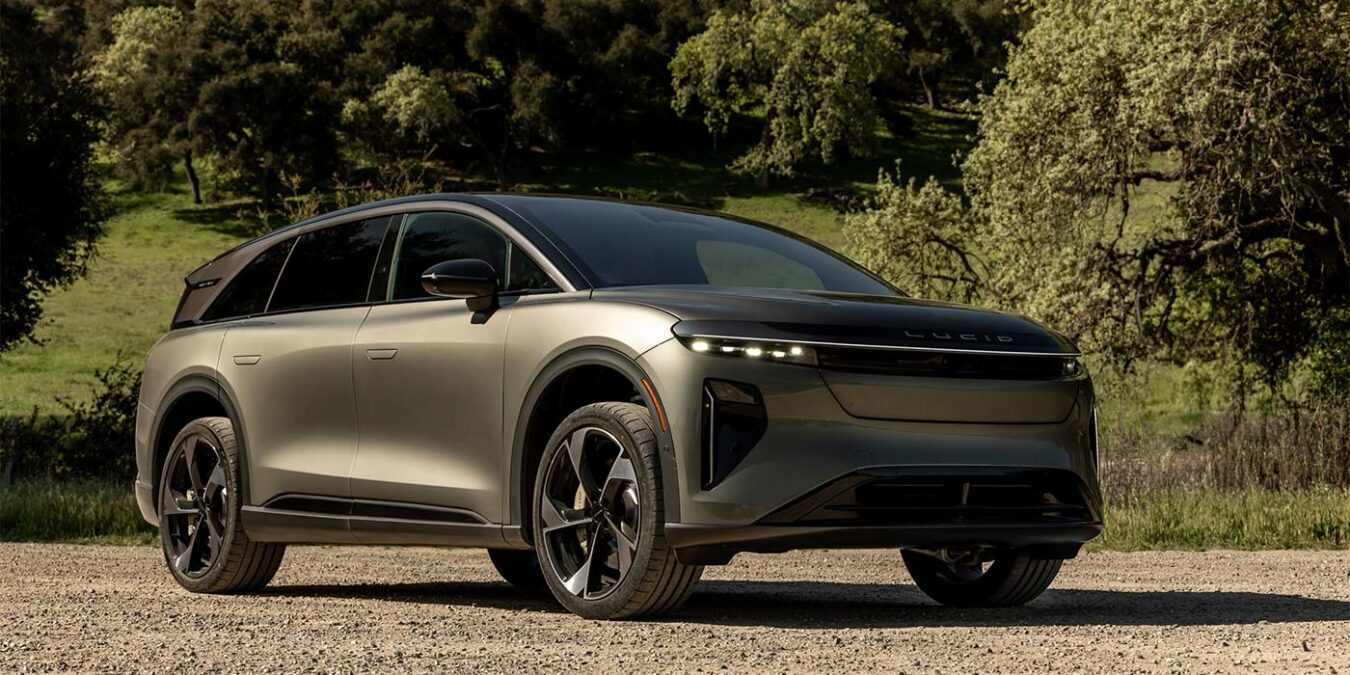
The motor tuning focuses on smoothness, and the air suspension enables the chassis to cope with various road conditions. As the second model under the Lucid brand, it does not compromise on quality to reduce costs, featuring interiors of genuine leather and real wood, along with an advanced driver assistance system supporting automated lane changes on highways.

2025 Mercedes-AMG E 53 (PHEV): The Electric Evolution of a Sports Sedan
The Mercedes-AMG E 53 plug-in hybrid’s powertrain is an electrified continuation of AMG’s DNA. Combining a 3.0-liter inline-six turbocharged engine, a 48V mild hybrid system, and a plug-in electric motor, it delivers a maximum combined output of 604 horsepower and 750 N·m of torque, with an all-electric range of 69 kilometers (WLTP).

The roar of the inline-six engine remains, while the instantaneous torque from the electric motor provides faster acceleration. The Mercedes-AMG E 53 achieves 0-100 km/h in just 4.3 seconds, and the silent operation in electric mode makes it suitable for daily commutes.

2026 Nissan LEAF: A Benchmark for Entry-Level EVs
The Nissan LEAF is built on the e-Platform 3.0 and features a front-wheel-drive motor delivering 214 horsepower and 353 N·m of torque. Its range of 417-488 kilometers (EPA) is sufficient for daily commutes (50 kilometers per day allows up to 8 days of use), and with a starting price of just around $28,000, it makes electric mobility truly accessible.

The platform's battery management technology is very mature. In low-temperature environments, it automatically heats the battery to extend range, and the battery life has also been optimized.
Pure Internal Combustion Engines May Soon Completely Exit the Top Ten List
Although the V8 in the Corvette ZR1 proves that pure internal combustion engines still have some room for survival, the overall trend is irreversible. The Wards Auto list sends a clear signal: Consumer demand for sustainable mobility, low operating costs, and a quiet driving experience is driving the industry's rapid shift toward electrification.
Judges predict that in the next few years, pure internal combustion engines may completely exit the top ten list, leaving only supercars or specialized vehicles to retain traditional internal combustion engines. Hybrid and all-electric powertrains are set to become the absolute mainstream.
If any infringement occurs, please contact us for deletion
Trending News

BYD Sealion 7 is not only cheaper than Tesla Model Y, what other differences do they have?
Is it better to buy the BYD Sealion 7 or the Tesla Model Y? This really makes one a bit hesitant, but before you make a decision, I recommend you take a good look at this article.

Toyota Land Cruiser FJ did not disappoint, the most anticipated civilian off-road vehicle is back.
Since its birth in 1951 under the name Toyota BJ, the Land Cruiser series has accumulated sales of approximately 12.15 million units in over 190 countries and regions worldwide, becoming a global off-road icon spanning more than 70 years.

Toyota Corolla Cross mid-term facelift in China, featuring a new front face and interior design
Toyota released the mid-cycle facelift of the Toyota Corolla Cross in China. In China, this vehicle produced by GAC Toyota is called Frontlander, and it is the same model as the Toyota Corolla Cross produced by FAW Toyota.

2026 Toyota Hilux Travo released, the brand-new exterior and interior are highly anticipated
If you're considering buying a Hilux, honestly, the comprehensive innovations in the ninth generation are worth waiting for. While the current model might still have some advantages in terms of reliability and price, the new model offers significant changes in terms of exterior and interior luxury, tech features, and powertrain options.

There is news that the next-generation Toyota Hilux will be released in November, bringing a major redesign.
Nowadays, the HiLux, which has been sold for nearly ten years, is about to undergo a major upgrade. According to reports, the 2026 HiLux will make its global debut at the Thailand International Motor Expo from November 28 to December 10, 2025, with the first customer deliveries expected to be completed by mid-year.
Popular Cars
Car Compare

